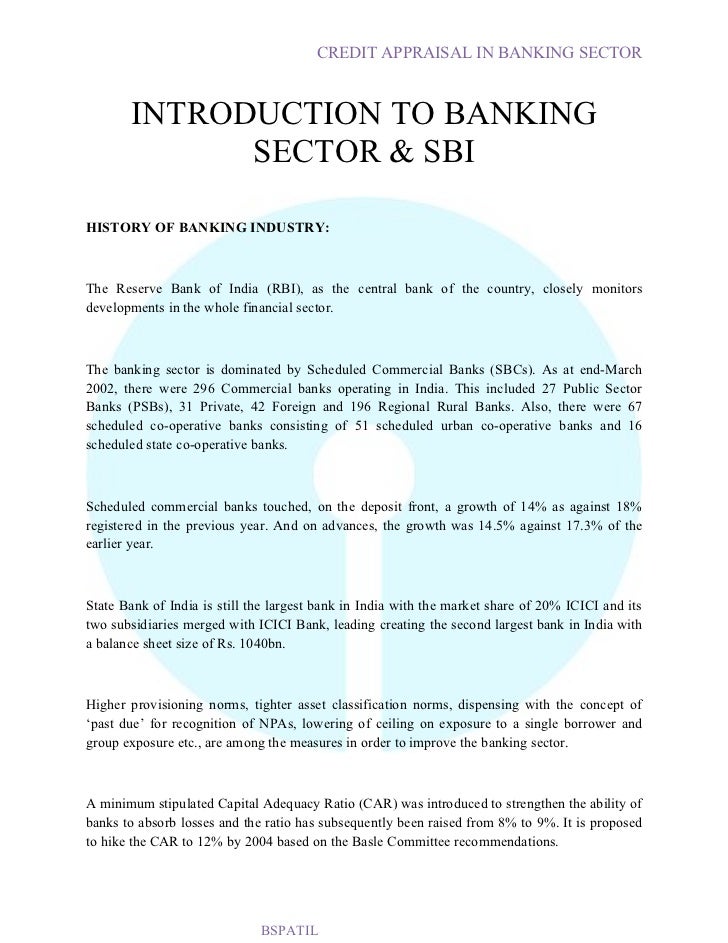

The evolution of State Bank of India can be traced back to the first decade of the 19th century. It began with the establishment of the Bank of Calcutta in Calcutta, on 2 June 1806. The bank was redesigned as the Bank of Bengal, three years later, on 2 January 1809. It was the first ever joint-stock bank of the British India, established under the sponsorship of the Government of Bengal. Subsequently, the Bank of Bombay (established on 15 April 1840) and the Bank of Madras (established on 1 July 1843) followed the Bank of Bengal. These three banks dominated the modern banking scenario in India, until when they were amalgamated to form the Imperial Bank of India, on 27 January 1921. Digitalpersona U Are U Sdk. An important turning point in the history of State Bank of India is the launch of the first Five Year Plan of independent India, in 1951.
Here is brief history and profile of State Bank of India (SBI). BRIEF HISTORY OF STATE BANK OF INDIA The evolution of State Bank of India can be traced back to the first. Decade of the 19th century. It began with the establishment. State Bank of India Ppt. (.ppt /.pptx), PDF File. Was established on 1 July 1955. Three years later.History of SBI Largest commercial bank of india The.
The Plan aimed at serving the Indian economy in general and the rural sector of the country, in particular. Until the Plan, the commercial banks of the country, including the Imperial Bank of India, confined their services to the urban sector.
Moreover, they were not equipped to respond to the growing needs of the economic revival taking shape in the rural areas of the country. Therefore, in order to serve the economy as a whole and rural sector in particular, the All India Rural Credit Survey Committee recommended the formation of a state-partnered and state-sponsored bank.
The All India Rural Credit Survey Committee proposed the take over of the Imperial Bank of India, and integrating with it, the former state-owned or state-associate banks. Subsequently, an Act was passed in the Parliament of India in May 1955. As a result, the State Bank of India (SBI) was established on 1 July 1955. This resulted in making the State Bank of India more powerful, because as much as a quarter of the resources of the Indian banking system were controlled directly by the State.
Later on, the State Bank of India (Subsidiary Banks) Act was passed in 1959. The Act enabled the State Bank of India to make the eight former State-associated banks as its subsidiaries. The State Bank of India emerged as a pacesetter, with its operations carried out by the 480 offices comprising branches, sub offices and three Local Head Offices, inherited from the Imperial Bank. Instead of serving as mere repositories of the community's savings and lending to creditworthy parties, the State Bank of India catered to the needs of the customers, by banking purposefully. The bank served the heterogeneous financial needs of the planned economic development.
Branches The corporate center of SBI is located in Mumbai. In order to cater to different functions, there are several other establishments in and outside Mumbai, apart from the corporate center. The bank boasts of having as many as 14 local head offices and 57 Zonal Offices, located at major cities throughout India. It is recorded that SBI has about 10000 branches, well networked to cater to its customers throughout India.
ATM Services SBI provides easy access to money to its customers through more than 8500 ATMs in India. The Bank also facilitates the free transaction of money at the ATMs of State Bank Group, which includes the ATMs of State Bank of India as well as the Associate Banks – State Bank of Bikaner & Jaipur, State Bank of Hyderabad, State Bank of Indore, etc. You may also transact money through SBI Commercial and International Bank Ltd by using the State Bank ATM-cum-Debit (Cash Plus) card. Subsidiaries The State Bank Group includes a network of eight banking subsidiaries and several non-banking subsidiaries. Through the establishments, it offers various services including merchant banking services, fund management, factoring services, primary dealership in government securities, credit cards and insurance. The eight banking subsidiaries are: • State Bank of Bikaner and Jaipur (SBBJ) • State Bank of Hyderabad (SBH) • State Bank of India (SBI) • State Bank of Indore (SBIR) • State Bank of Mysore (SBM) • State Bank of Patiala (SBP) • State Bank of Saurashtra (SBS) • State Bank of Travancore (SBT).
Number of employees 209,567 (2017) 13.12% (2016) Website Footnotes / references State Bank of India ( SBI) is an Indian multinational, banking and company. It is a with its headquarters in. On 1st April, 2017, the State Bank of India, which was India's largest bank, merged with five of its associate banks (State Bank of Bikaner & Jaipur, State Bank of Hyderabad, State Bank of Mysore, State Bank of Patiala and State Bank of Travancore), and with the Bharatiya Mahila Bank. This was the first ever large scale consolidation in the Indian banking industry. With the merger, SBI became one of the 50 largest banks in the world (balance sheet size of ₹33 trillion, 278,000 employees, 420 million customers, and more than 24,000 branches and 59,000 ATMs).